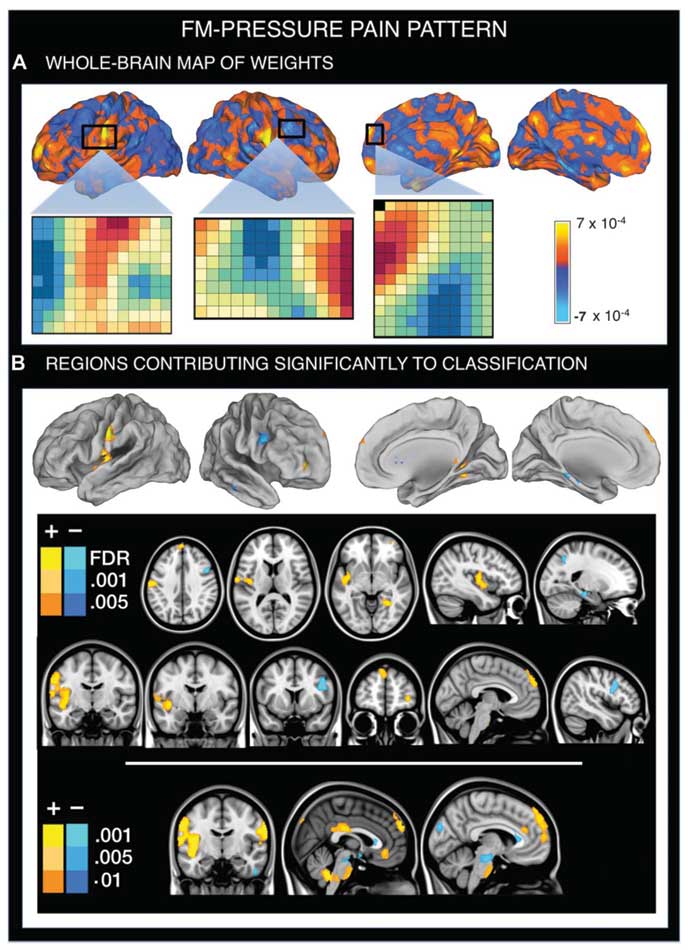Research Makes Gains on Fibromyalgia
07 Sep 2017
Enigmatic disorder calls for an integrated approach
By Shannon BurgertIncreasing evidence points to a sort of misprocessing in the central nervous system. Normal sensory messages are essentially amplified and processed by the brain as pain.When he was married, Boulder resident Dave Harrison sometimes couldn’t sleep in the same room as his wife—his skin is so sensitive that the draft from a fan or open window puts him in agony. He sports suspenders because neither belts nor elastic waistbands are tolerable. Harrison, 79, is one of more than 5 million adults nationwide who suffer from fibromyalgia. Fibromyalgia is characterized by chronic widespread musculoskeletal pain, often accompanied by fatigue, insomnia, anxiety, mood disorders and mental fog—and plenty of additional side effects, like Harrison’s sensitivity to touch. The disorder has a higher incidence in women than men, a ratio as high as 9 to 1. Fibromyalgia is challenging to diagnose. It can be difficult to find a pattern in symptoms, symptoms overlap with other chronic conditions, and it can’t be confirmed or dismissed through a simple lab test. “It’s a diagnosis of exclusion,” says Megan Moon, D.C., BSN-RN, a chiropractor and director of Colorado Fibromyalgia Center in Lafayette.

Stressors as Triggers
The underlying nature of fibromyalgia has become clearer in recent years. For a time it was believed to be an autoimmune disorder, but that line of thinking is waning; there doesn’t seem to be the sort of cellular confusion—cells attacking healthy cells—that characterizes autoimmune syndromes. Increasing evidence points to a sort of mismanagement of pain processing in the central nervous system. Normal sensory messages—not only pressure, but even stimuli like light, sound, temperature and odor—are essentially amplified and processed by the brain as pain. It’s almost as if people get stuck in the symptoms of a lower-grade stress response, says Moon. The body functions as if there might always be danger right around the corner. Patients may startle more easily than a healthy individual, or experience pain or sleep disturbances more often. They frequently experience a higher-than-normal state of anxiety, their muscles tightening as a consequence.
Dealing with Pain & ‘Fibro Fog’
It was within a couple years after a bad break to her leg that Broomfield resident Heather Hait, 38, began experiencing significant pain in her arms and legs, an ache she likens to growing pains. She also feels excruciating and lingering pain in the fleshier parts of her body, like her upper arms and hips, when she is poked in those areas. Hait’s pain was initially diagnosed as a manifestation of depression. However, after antidepressants made no improvement, a different doctor diagnosed Hait with fibromyalgia using “tender points,” applying firm pressure to 18 specific areas on the body, looking for sensitivity. (Many physicians still use tender points, but newer criteria developed by the American College of Rheumatology in 2010 instead focus on widespread pain in all four quadrants of the body lasting at least 3 months; the presence of additional symptoms; and the elimination of other conditions.)
Hope for Sufferers
López-Solà notes that mindfulness and cognitive behavioral therapy can be quite successful in managing pain. “A person can start to let go and not feel trapped in their response to that sensation,” she explains. She is also a strong proponent of education to help patients understand the origin of the pain. With fibromyalgia, pain does not mean tissue damage, and the fear of causing pain can become worse than the pain itself, immobilizing patients to the point that they may start avoiding many normal activities.












